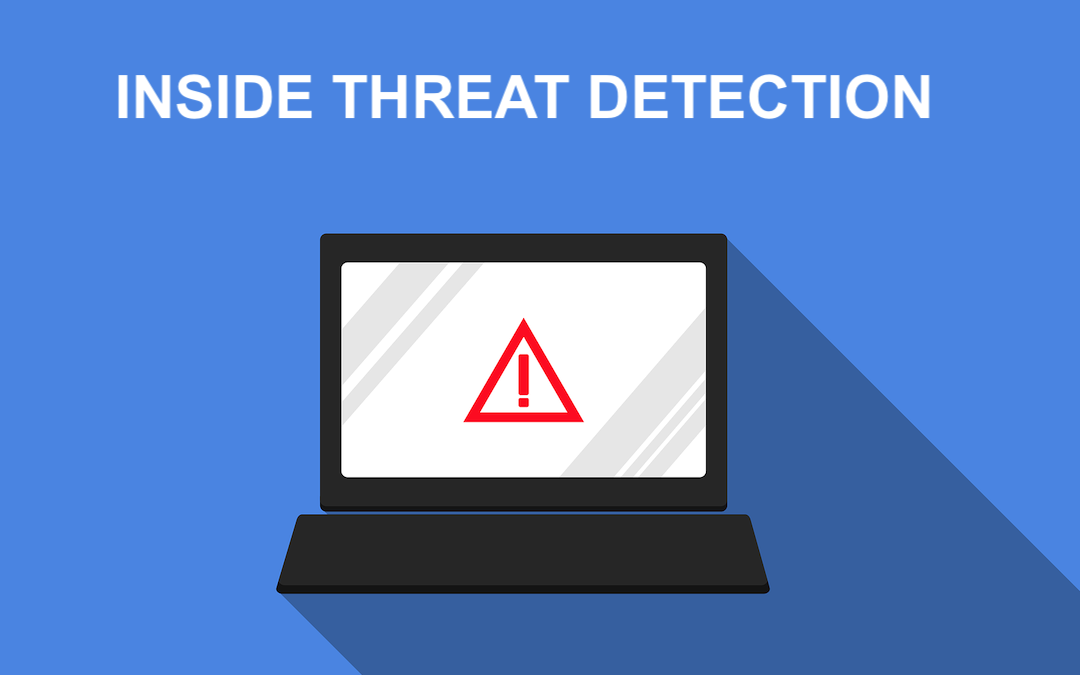
Cybersecurity is a major concern for both big and small businesses worldwide. As threat actors launch more sophisticated cyber-attacks, organizations are looking for various ways to stay secure. However, organizations often overlook the threats lurking within their network.
In the past two years, insider threats have risen by about 47%. With these attacks becoming common, they are also costly, hard to detect, and cause significant financial damage to an organization. According to recent reports, the average yearly cost of insider threats that take over 91 days to detect is $18.33 million. Therefore, with these threats posing such serious and significant risks, it is better to gain relevant insights to help ensure relevant security.
What are Insider threats and their types?
Insider threats are caused by company employees, vendors, partners, staff members, and others who access the company's sensitive data. These individuals may intentionally or unintentionally misuse their privileges, causing harm to the organization's security, data, or operations. Although organizations are now focused on securing endpoints through relevant security measures such as VPNs or antimalware software, insider threats are still prevalent. Here are the three main types of insider threats:
Compromised Insider
This insider threat occurs when an external attacker compromises an authorized user's account or credentials. In this threat, the attackers access a user account through various techniques like phishing, social engineering, and malware. However, once the account is compromised, the attacker can easily access and exploit the account information to carry out malicious and organizational activities. The recent Cloudflare breach occurred due to a compromised insider threat.
Malicious Insider
In this type of threat, an individual intentionally misuses their access privileges to cause harm to the organization. Moreover, the intention behind this threat includes revenge, financial gain, or ideology. They may steal sensitive data, sabotage systems, leak confidential information, or engage in other harmful activities to the organization's interests.
Negligent Insider
Negligent insiders unintentionally pose a threat to the organization's security. In this scenario, individuals may mistakenly ignore security policies or fail to follow established procedures for security, leading to security incidents. Examples of negligent insider behavior include sharing sensitive information with unauthorized individuals, falling victim to phishing attacks, or misconfiguring systems that result in vulnerabilities.
Risks associated with insider threats
Insider threats have numerous risks associated with them, some of them are;
- Data Breaches: Due to insider threats, many organizations face data breaches. Sensitive and confidential information ends up getting accessed, stolen, and misused. This can cause financial loss and other damage to the organizations.
- Intellectual Property Theft: malicious insiders may steal organizations' intellectual property, such as research and development data, proprietary algorithms, or product designs.
- Financial Fraud: insiders can access financial systems or accounts and may engage in fraudulent activities, such as embezzlement, unauthorized fund transfers, or manipulation of financial records.
- System Sabotage: Insider threats can sabotage critical systems. Meanwhile, system sabotage can cause operational downtime, loss of productivity, and financial losses.
- Damage to Reputation: insider threats can damage an organization's Reputation, especially if sensitive information or customer data is exposed.
- Regulatory and Legal Consequences: Organizations may face regulatory non-compliance, violating industry-specific regulations or data protection laws, depending on the nature of the insider threat incident. It can lead to legal consequences, hefty fines, and reputational damage.
To mitigate these risks, organizations should implement safety precautions.
How to mitigate insider threats
Mitigating insider threats is critical to an organization's security strategy. Insider threats from individuals with authorized access to systems and sensitive information can pose significant risks to an organization's security, data, and operations.
It is necessary to implement access control. Organizations must limit access to each employee and provide access privileges to what is mandatory. Moreover, techniques like 2FA (Two-factor authentication) provide an additional layer of security by requiring users to provide a second form of authentication, such as a unique code or biometric verification. Enforcing 2FA for accessing sensitive systems or data reduces the risk of unauthorized access, even if an insider's credentials are compromised.
On the other hand, organizations must conduct background checks on workers before hiring them to prevent malicious insider threats. Conducting thorough background checks, reference checks, and verification processes during hiring helps identify potential red flags. It minimizes the risk of hiring individuals with a history of malicious behavior. Lastly, regular security audits and separating critical functions and responsibilities among different employees and organizations to prevent a single individual from having excessive control and will help companies avoid insider threats.
Final words
Insider threats from individuals with authorized access pose significant risks to organizations. They can lead to financial loss and data breaches and badly impact the organization's reputation. Implementing safety precautions and regulating security audits can help companies avoid insider threats. Moreover, By adopting a comprehensive approach that combines technical measures, policies, and employee awareness, organizations can mitigate the impact of insider threats and protect their sensitive data and operations.
Share this post
Leave a comment
All comments are moderated. Spammy and bot submitted comments are deleted. Please submit the comments that are helpful to others, and we'll approve your comments. A comment that includes outbound link will only be approved if the content is relevant to the topic, and has some value to our readers.

Comments (0)
No comment